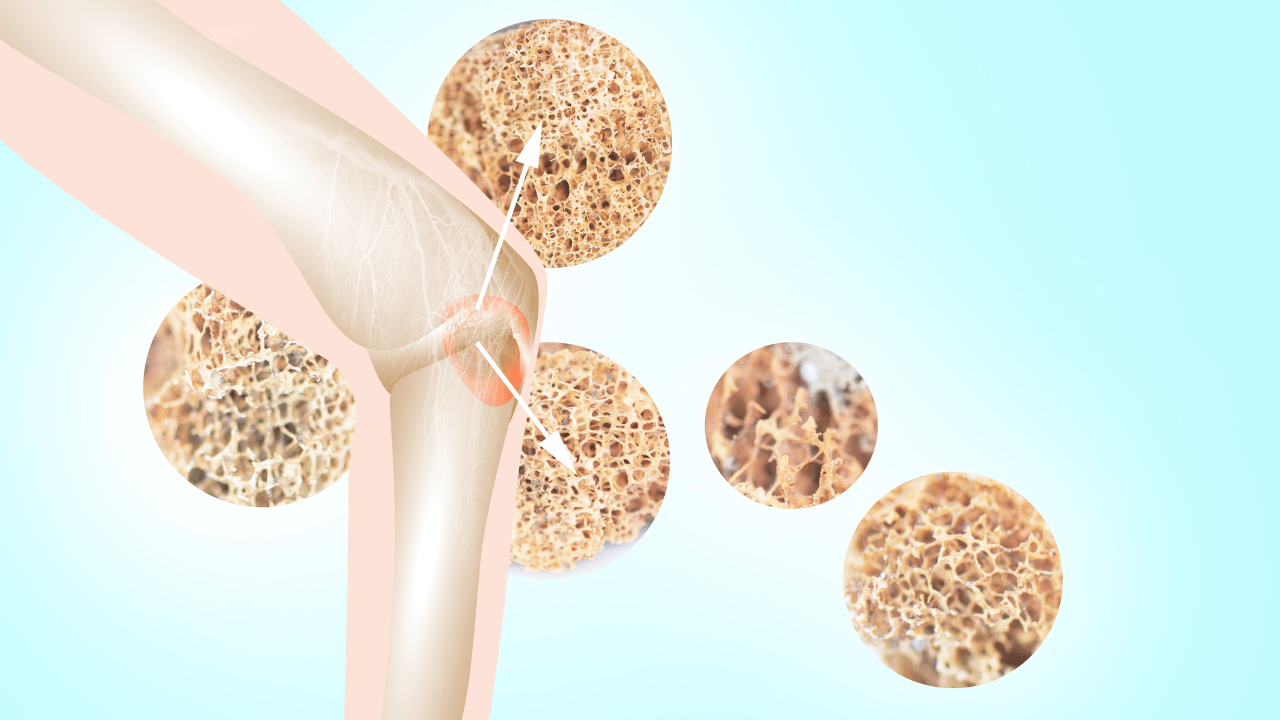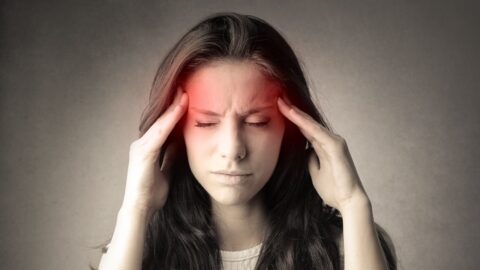Dem Bones, them Bones, them healthy Bones
by Vanita Dahia
The bare bones of osteoporosis or osteopenia in Australia is rising as the population lives longer and risk factors increase. Many are unaware of the significance falls and fractures in osteoporosis, a silent but preventable disease.
More than 1.3 million Australians have osteoporosis, representing 3.8% of the population. Yet, in people aged 50 years plus approximately 66% are living with osteoporosis.
Osteoporosis is a serious disease, which can lead to fractures that impact patients, their families and the healthcare system. With over 175,000 fractures each year, we need to make a better effort to diagnose and manage osteoporosis, says Greg Lyubomirsky, CEO of Healthy Bones Australia.
Osteoporosis is a condition in which bones become weak and brittle, making them more likely to break. It is often called the “silent disease” because there are typically no symptoms in the early stages. However, once the bones have become weak enough, they can break even with a minor fall or bump.
Symptoms of Osteoporosis
The most common symptom of osteoporosis is a bone fracture. The most common fractures are in the hip, spine, and wrist. Other symptoms of osteoporosis can include:
- Back pain: This is a common symptom of osteoporosis, especially in the upper back.
- Loss of height: As bones lose density, they can collapse, which can lead to a loss of height.
- Dowager’s hump: This is a hump that forms in the upper back due to collapsed vertebrae.
- Severe back pain: This can be a sign of a compression fracture, which is a break in a vertebra.
- Pain in the ribs: This can be a sign of a rib fracture.
- Pain in the wrist: This can be a sign of a wrist fracture.
- Pain in the hip: This can be a sign of a hip fracture
Educational Webinar
Dem Bones, them Bones, them healthy Bones
In this webinar, you will learn:
- awareness and understanding of the risk factors for osteoporosis
- the role of Calcium, Vit D and cofactors in bone formation
- new advances in identifying bone fracture risk and osteoporosis
- conventional and natural management options in osteoporosis
Test for Bone density
There is no one-size-fits-all answer to this question, as the best way to test for osteoporosis will vary depending on your individual risk factors and symptoms. However, some of the most common tests used to diagnose osteoporosis include:
- Dual-energy X-ray absorptiometry (DXA): This is the most common test used to measure bone density. It uses a low-dose X-ray to measure the amount of bone mineral in the hip and spine.
- Quantitative computed tomography (QCT): This test is similar to DXA, but it provides more detailed information about the structure of the bone.
- Peripheral quantitative computed tomography (pQCT): This test is used to measure bone density in the wrist and heel.
- Bone biopsy: This test is rarely used to diagnose osteoporosis, but it may be used in some cases to confirm the diagnosis or to rule out other conditions.
Bone density issues are often related to osteoarthritis. Check your bone density and arthritis






